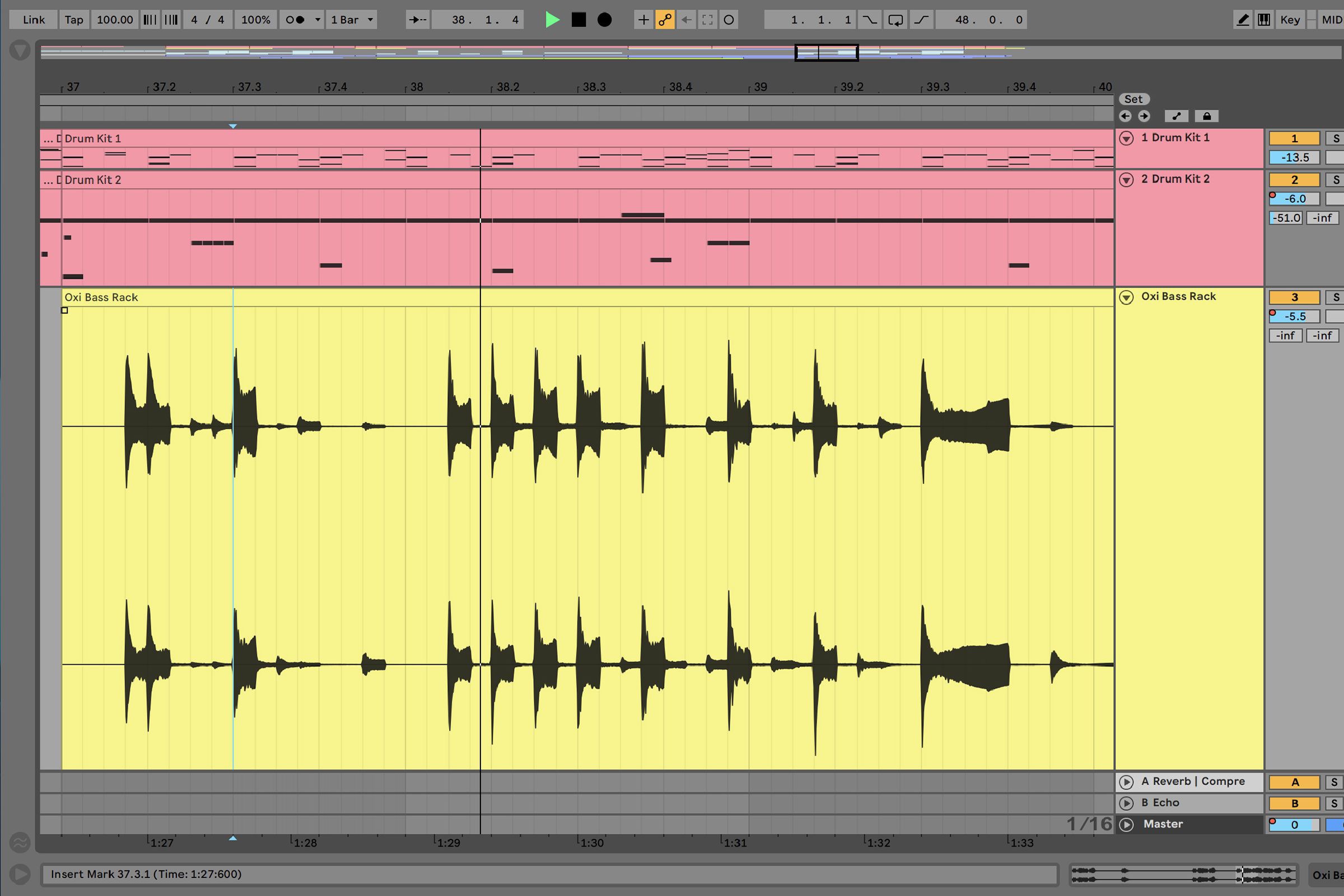


However you choose to use it, pan modulation is a neat way of exciting the listener, by moving sounds around in front of their ears. But, have you considered modulating the panning of some of your sounds? It’s a simple process that can inject life into your tracks, fast.Īny DAW worth its salt can automate panning, while there are some 3rd party plugins that can take the basic principle and run wild with it. We can balance our mix nicely, with a good spread of instruments dotted around the stereo field, and everything is hunky-dory. Let’s assume we’re all up to speed with the basics of panning ie embracing the stereo field The shimmering, granulized delays add an extra dimension.

With additional oscillators modulating every conceivable parameter, grain delays becomes an evolving effect with a life of it’s own!Ībleton’s Grain Delay, applied to a synth chord progression. Portal, by Output, hit the shelves in June 2019, and takes the principles of granular delay to new levels. Yet some manufacturers have taken it even further. I’m yet to find a better, more concise explanation of Grain Delay than this video from Underbelly (You Suck At Producing):Īs you can see, it’s a powerful effect, and a welcome part of Ableton Live’s stock plugin menu. These functions alone can create some truly wild new sounds, whether blended with the original audio or entirely replacing it. By combining delay with pitch manipulation, and even spray/random pitch modulations, ordinary sounds can quickly transform. Generally, larger grains are easier to harmonically control, and since this is easily the most complex form of delay in town, starting with larger grains is advisable. Grain size is usually defined in terms of ‘Hz per second’ – so a larger value equals a smaller grain, and vice versa. Usually, grain delays have controls for the following parameters: Grain delay itself uses some of the principles of granular synthesis, but retains its focus for delay-based effects. It’s wild and fun, and quickly leads to some highly creative and unique sounds. Granular synthesis is the act of breaking a soundwave down into tiny pieces and re-composing it with the help of numerous parameter controls. Grain delay, in a sense, is a type of granular synthesis. But you don’t need to know any of that.Īll you need to know is that forward-thinking DAWs such as Ableton, and plugin manufacturers like Output, SoundBridge and ArgotLunar have embraced digital incarnations of grain delay and unleashed them on the masses! By cutting recordings into tiny slices of tape and sticking them back together in new patterns, he crystallized Gabor’s principle and grain delay was born. Extending this theory, we can put the sounds back together at different frequencies, and at different stages of delay, as Greek-French composer and musical theorist Iannis Xenakis began to experiment with. Break a sound down into microscopic slices, or grains, and put them back together again. Inspired by a paper from 1946 by a certain Dennis Gabor, the principle of grain delay is (fairly) simple. Such is the case with the Haas effect, and so it is with grain delay. It’s surprisingly common to discover that today’s cutting edge sound processing tricks are actually derived from the work of long-dead physicists.
#Use simple delay to modulate pitch ableton pro
Photo by Michael Maasen on Unsplashįollowing up on our popular article and podcast ‘Killer Sound Design Tips and Tricks’, we bring you 5 (More) Killer Sound Design Tips and Tricks to use in your tracks!Ĭheck out the first article here, or head to Mixed In Key Podcast Episode 21 for an insightful conversations on sound design with pro sound designer Mike Cupino.Īlso, be advised to use headphones or good studio monitors to evaluate the audio examples below. 5 (More) Killer Sound Design Tips and Tricks to use in your tracks.


 0 kommentar(er)
0 kommentar(er)
